Wild Garlic and Rye Fettuccine
It’s time we talked pasta. For me, pasta is one of the best foods ever made. And if you haven’t had freshly made pasta before then this recipe is about to blow your socks off. Imagine your favourite store bought pasta, now ramp up the softness, springiness, and flavour. It may take a little time to make, but that’s part of the fun. And with a cook time of 1-2 minutes, there is absolutely no reason why you shouldn’t already be reaching for your rolling pin.
This recipe actually came about because I had leftover wild garlic pulp from making wild garlic oil, which you can find the recipe of here. A delicate, aromatic plant like wild garlic can’t handle too much excessive heat, so a thin fettuccine seemed like the perfect fit as I knew it would cook in less than 2 minutes, preserving all those juicy wild garlic oils.
Foraging
By now you’ll be more than familiar with what I’m about to say. I should probably write up a default page on the rules, etiquette and laws around the world of foraging and wild foods, then link to it every time we feature a foraged ingredient in a recipe… I think I will! But for now I’ll keep it short and sweet.
Never take more than you need, never pick a protected species, never trespass, and always respect the natural habitat. It’s important to leave enough for everyone as well as not to damage the plants by removing too much. It is good practice to cleanly cut a plant you forage and not tug at it, this way you don’t damage the roots and allow it to recover for the following season.
One of the main attractions in foraging is the wonderful flavours we find in plants and fungi that have grown in their natural habitat and far from the destructive and artificial environments of conventional agriculture. Having said this, harmful chemicals can still find their way into faragable ingredients that grow close to roads. For this reason, I tend to leave anything growing at the side of the road or footpath alone in favour of that which grows in the heart of a habitat.
Lastly, be mindful of dangerous lookalikes. In the case of wild garlic, you need be aware of Lily of the Valley. This highly poisonous plant shares a lot of characteristics with wild garlic but flowers differently and doesn’t have any of wild garlic’s beautiful aromatic qualities.
Pasta
I first learned to make pasta from an Italian chef called Michele, whom I had the pleasure of working with. Michele was passionate about a handful of things. In no particular order, they were: his mother, his girlfriend, cured meats, football and of course pasta. In particular gnocchi, which he proudly taught me to make, but also pasta of every shape and size. It was he who first showed me how to make what he explained as ‘pasta ribbons’, which I later found out is the meaning of fettuccine.
Pasta rule 1. Your flour choice matters. If you’re into baking or just starting out, please don’t buy your typical supermarket strong white flour. Head to your local wholefood store and ask if they have anything suitable that is being grown or milled locally. Here in Wales we’re lucky enough to have a miller called Felin Ganol Watermill whom I have been using their organic, stoneground flour for years. It’s the sort of relationship that’s worth establishing as you get to know their flours and how they handle, you’ll be working with high quality, healthy ingredients, and supporting a worthwhile company that looks after the land.
Pasta rules 2 and 3. Let’s talk about two aspects of flavour. The first is the importance of a good quality oil. The reason we don’t use high quality oil in cooking is because the heat of the cooking process is enough to destroy the value of the nutrients (and therefore flavour). However, this happens at 180C/350F for most olive oils, and pasta cooks in salted boiling water (100C/210F). So for the sake of some extra tasty pasta, I always use my best olive oil in doughs. The last point is a tip I learned from the writings of Raymond Blanc OBE. For his roux recipe, he suggested toasting the flour in an oven to give it greater depth and a nutty flavour, whilst also cooking the starch. If you think about the difference between the crust of a loaf and the crumb then you’ll understand the logic in his thinking. So I decided to apply this to my pasta dough. But instead of toasting the strong flour, I wanted to give the pasta a real savoury bitterness, so I substituted 10g out for wholemeal rye and toasted that instead. The result was a distinct yet delicate flavour that gave the pasta a wonderful depth to back up the aromatic wild garlic.
The Importance of Autolyse
If you want to make the best anything involving flour, then you need to know what Autolyse is. A baker will tell you that it’s the all important pause you give bread before fully kneading it into a tight dough, but this isn’t the whole story. What’s happening is actually a form of enzymatic breakdown called Autolysis. If you imagine being inside miso, or any amino paste for that matter, you will see a microscopic feeding frenzy of Koji (Aspergillus oryzae), producing enzymes to break down complex protein chains into amino acids. This is why soy beans taste one way and miso another; because given enough time, all the protein is converted into amino acids which our bodies cannot do by themselves. In Autolysis, the same process takes place, except the enzymes come from the ingredient itself. Imagine it as a form of self-digestion. When the plant cells in wheat were whole, the enzymes were kept locked away. But through the milling process the cell structure is destroyed, and by adding water, we give the enzymes access to the starches and protein that make up wheat flour.
You might have guessed by now that I love this stuff.
What this means when it comes to breads and pasta dough is that given a bit of time, the exact same set of ingredients can transform. Protease will degrade the gluten protein and make it more supple and elastic. Amylase will get to work on the starches (a set of molecules we can’t taste) and convert them into sugars. In bread making this acts as a double win, because the sugars are now readily available for the yeast to metabolize. This is why people who suffer from gluten sensitivity can often stomach sourdough bread without trouble, because the extended duration of the prove has broken down the gluten proteins to become more digestible. Another benefit is that starches are given enough time to fully absorb the water, making for a fluffier, less sticky dough. In pasta dough, the result is a much more elastic and springy pasta, which we can all agree is far better.
So, if you plan to follow this recipe, I’d advise you make your pasta dough the day before, wrap it up (or keep it in an airtight tub) and pop it in the fridge. The next day, leave it at room temperature for 20 minutes to loosen up the gluten, then roll and shape. If you don’t have a full day to wait, leave it for an hour at least.
Wild Garlic & Rye Fettuccine Recipe
Serves 2
140g of strong flour (00, white, or wholemeal)
10g of wholemeal rye flour, toasted
75ml of water
2tbs of olive oil
4g of salt
30g of wild garlic (or all the leftover pulp from making wild garlic oil)
2 handfuls of spinach, thinly sliced
150g of tangy, sour yoghurt
Pickled red onion, microherbs, lemon zest and wild garlic oil/extra virgin olive oil to finish
Note: This pasta is very soft and delicate when cooked. If you prefer pasta with more bite then substitute 20g of strong white flour for hazelnut flour or 20ml of water for an egg yolk.
Step 1.
As per Raymond Blanc’s instructions, toast the rye flour in an oven at 170C/340F for 30 minutes. Then cool and set aside. Whilst toasting the rye, add your water, olive oil and wild garlic (fresh or pulp) to the blender and leave running on a medium speed for a minute or two until smooth.
Step 2.
Mix your flours and salts into a large bowl and add all of the wild garlic liquid. Mix with a spoon until well combined, then leave to rest for 30 minutes to 1 hour. This will begin the autolyse and make it easier to knead. Afterwards, begin kneading until the dough is elastic and smooth (as seen below), then cover and rest in the fridge for another hour (up to 24 hours).
Step 3.
Flour the work surface liberally and cut your dough in half. Using a rolling pin or a pasta machine, begin rolling the dough out until it reaches 1mm thick (setting 4-5 on most pasta machines, but always begin at 1 and work your way up). A lot of pasta doughs are very elastic so make sure to rotate every so often as you roll; this will allow the dough to spring back and relax into shape. Once thin enough, dust the dough evenly with flour and fold it into layers. With a sharp knife, cut the sheets of pasta length-ways into 1cm wide pieces.
If you find your dough is too sticky, knead it for 1 minute on the work surface. This will build elasticity and strength, making it more handleable.
Pasta dough, rolled and layered, ready for cutting into shape.
Step 4.
Get a large pan of salted water on to boil. When a rolling boil is achieved, drop the pasta in, making sure that it is lose and not stuck together. You’ll notice that it floats and plumps up within seconds. Give it between 45 seconds and 1.5 minutes. If you didn’t manage to roll it thick enough then 2 minutes should suffice.
Whilst cooking the pasta, finely slice your spinach and mix it through the yoghurt. Season to taste and add a dash of lemon juice.
Step 5.
Drain the pasta and return it to the pan with the yoghurt and spinach. Plate up with the microherbs, pickled red onion and lemon zest. And why not drizzle some tasty extra virgin olive oil too? Enjoy.
Note: If you have more pasta than you need you can hang it on a clothes horse/drying rack to dry it out and store for a week. Any longer and the wild garlic will begin to lose flavour.










